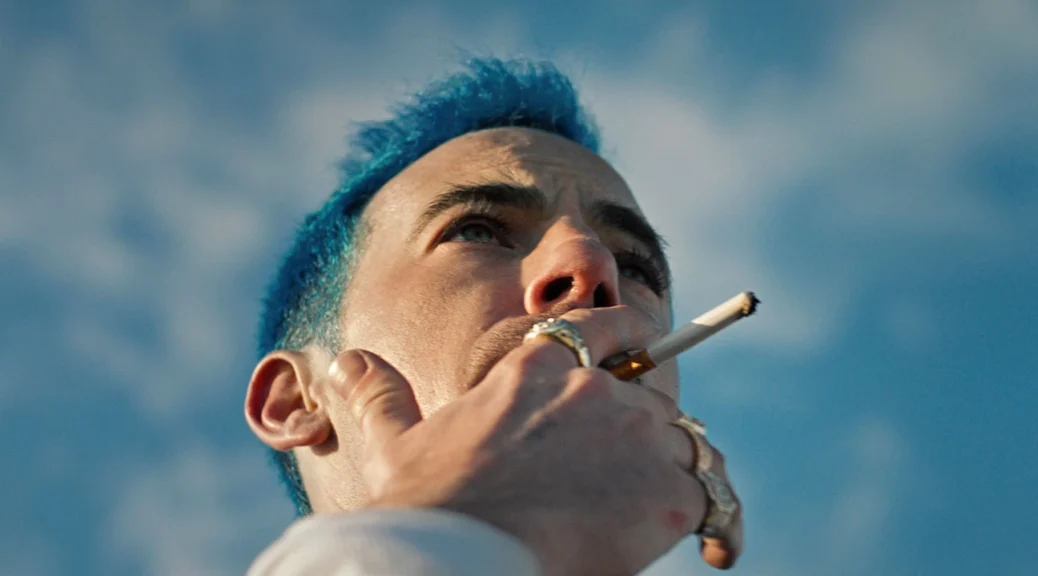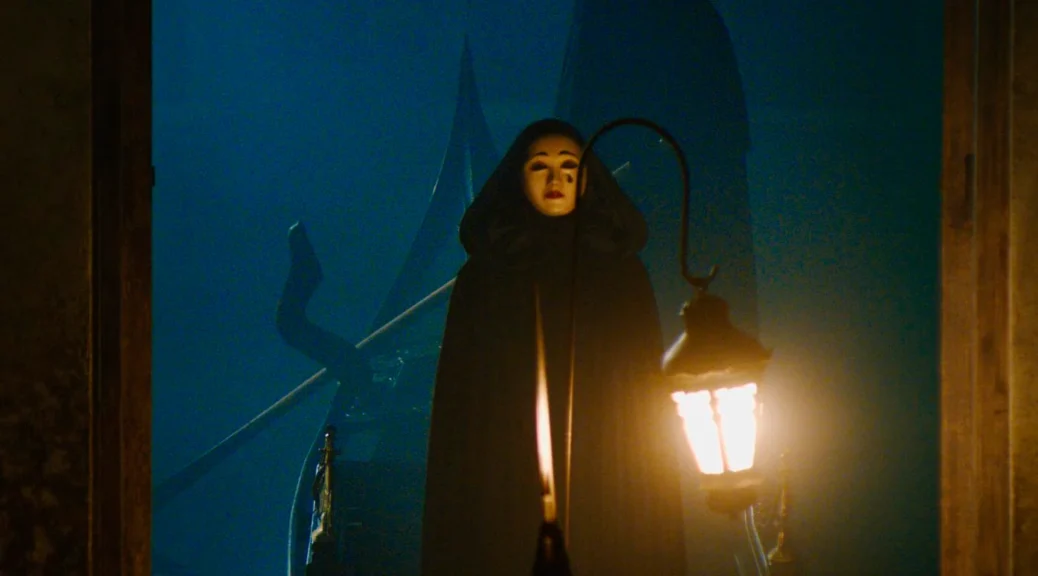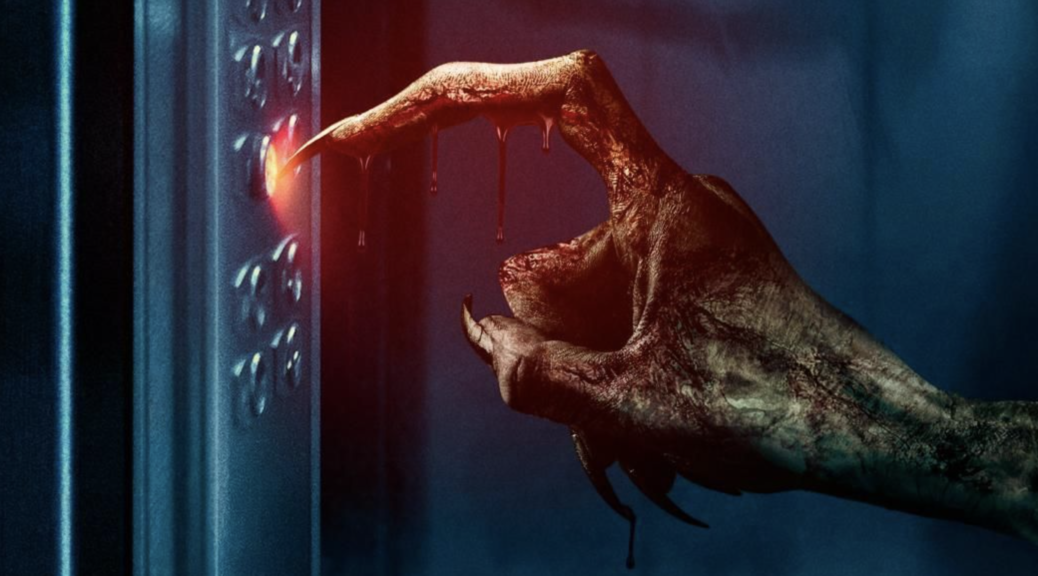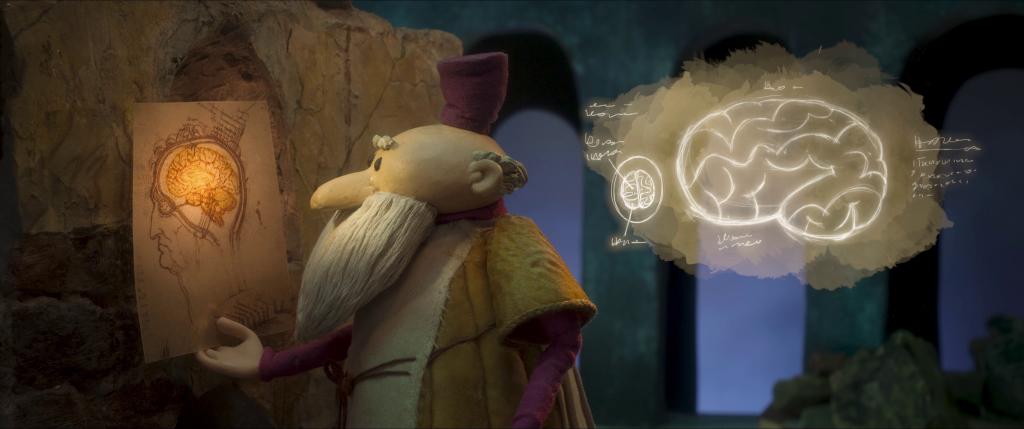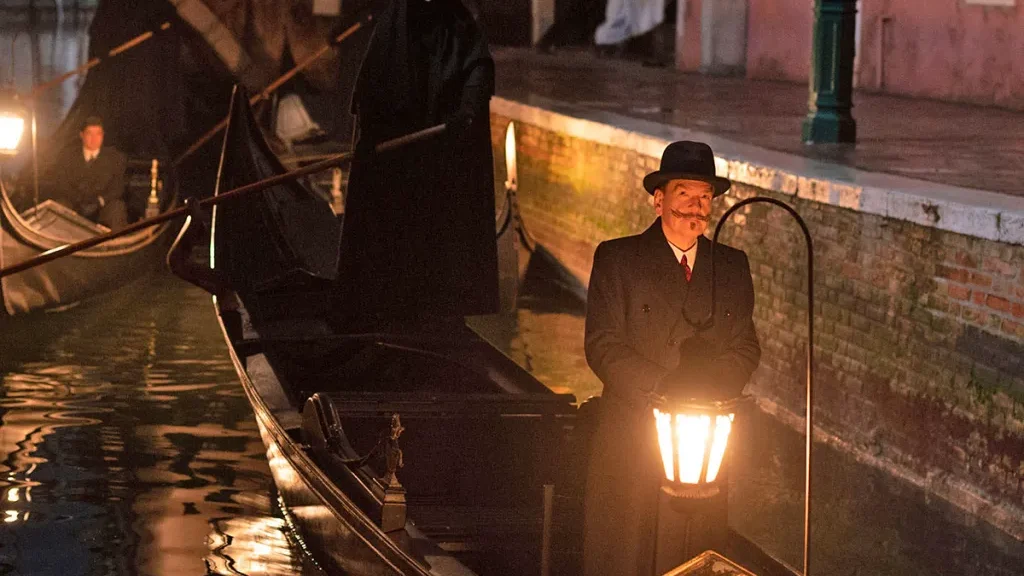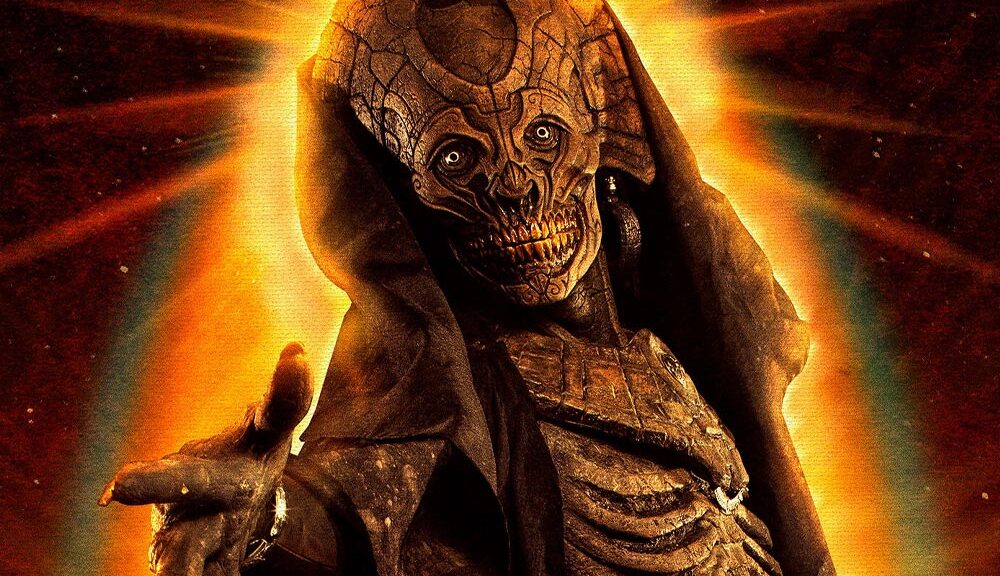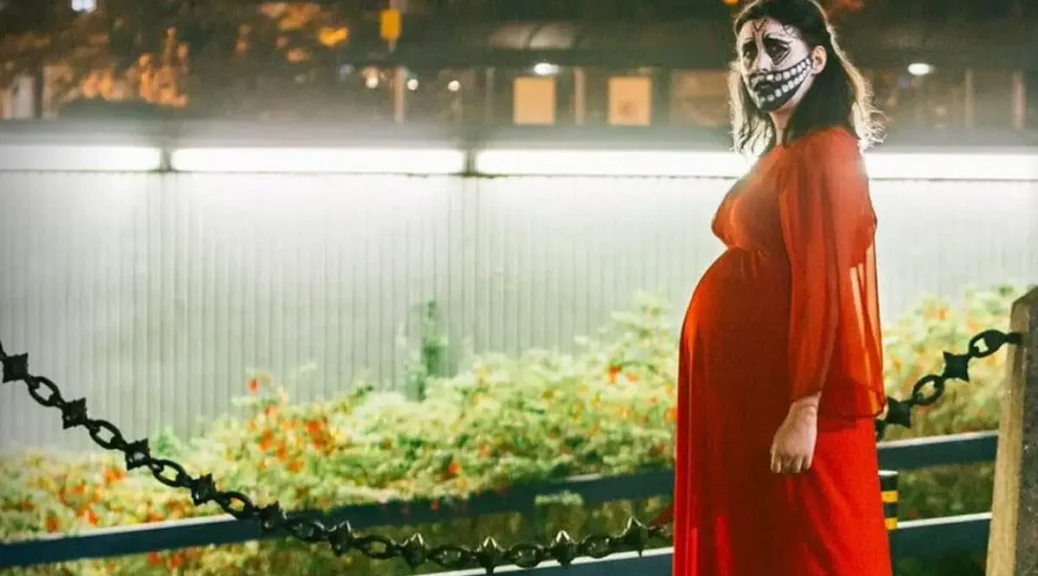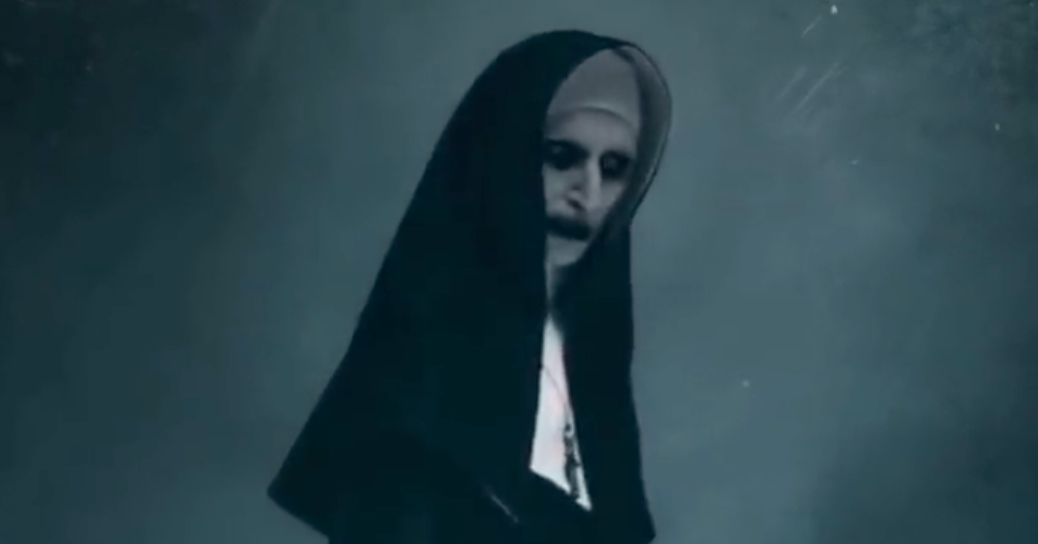Anchorage
by Hope Madden
Anchorage invites you on road trip through a depleted America, ghost town upon ghost town, as two drug-riddled brothers follow their destiny from Miami to Anchorage, Alaska. What’s left of Miami amounts to hundreds of thousands of dollars’ worth of opioids in the trunk of Jacob’s (Scott Monahan, who also directs) car. What awaits Jacob and John (Dakota Loesch, writer)? Fortune and glory, kid.
Anchorage has been likened to Easy Rider, and the comparison is valid. A wild cross-country ride through the American Dream inevitably exposes it as a nightmare.
Monahan’s structure is deceptively sound, though his film plays like an improvisational string of sights and blights to see. But themes introduced early only strengthen as the duo spiral toward destiny. Hyper aware of their own mortality yet playing at being immortal, the brothers’ drug-fueled mania that fuels the journey turns more and more desperate with each rest stop.
The actors wade into that bleary real estate between playfulness and danger. Each mile they make toward northern glory wears on them, changing their dynamic and tainting the spirit of their journey. The 4954-mile drive from Miami to Anchorage analogizes addiction in much the way Burt Lancaster’s back yard swims did in Frank Perry and Sydney Pollack’s 1968 classic The Swimmer. It’s all a party at the start, but reality can’t be kept at bay long enough to make it home.
Aside from a handful of extras and one additional speaking role (Christopher Corey Smith), the entire film belongs to Monahan and Loesch. The slow, inevitable arc the characters take is authentically delivered, tense and heartbreaking. Monahan dwells in Jacob’s waning innocence, while Loesch’s performance is a celebration of innocence lost.
The two make a fascinating cinematic pairing and their film slips easily into your memory to stay.
